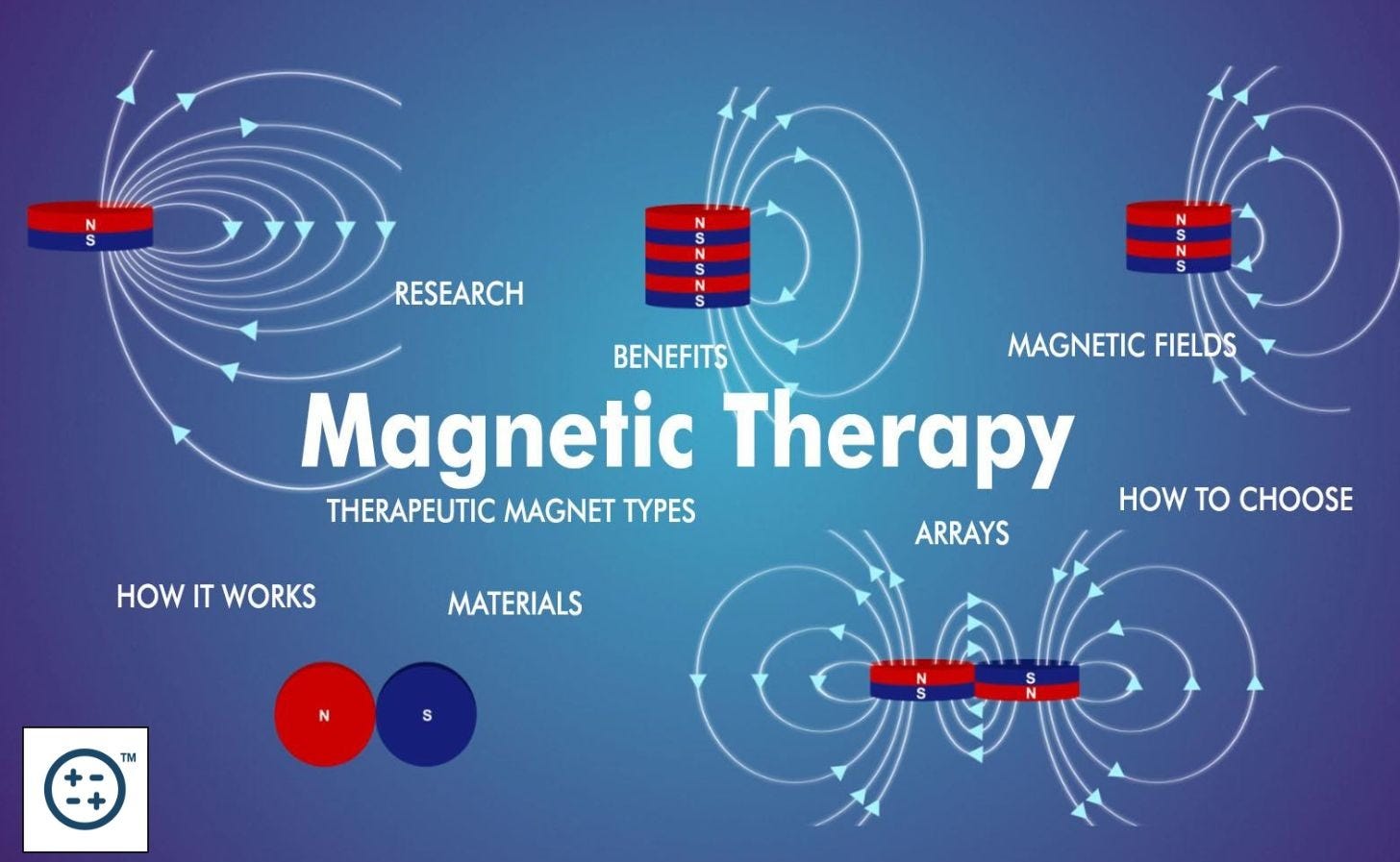When Pain Is a Signal Worth Listening To
Hello Everyone!
In the previous MagnaBlog, we covered the importance of identifying red flags—those warning signs that demand urgent attention and professional care. But what about when pain is a helpful messenger, and alleviating it too quickly could lead to even worse consequences than the discomfort itself?
Before we dive in, I hope you had a meaningful Easter and were able to reflect or celebrate in a way that resonates with you. We paused the blog last week for Good Friday, and now return to explore one of the more profound dilemmas in health and healing.
Pain isn’t just a symptom to silence—it’s often a message worth decoding. And sometimes, silencing the messenger too quickly means missing out on valuable insight.
The Central Tension
Is pain something to eliminate, or something to interpret?
The answer is both. The art lies in knowing when pain is a warning that requires behavioral change—and when it’s simply a misfiring signal that no longer serves a protective purpose.
Pain as a Protective Mechanism
Pain evolved as a biological signal to:
Alert us to tissue damage
Prompt rest and recovery
Shape behavior (e.g., you stop overusing an injured ankle)
In this context, pain can be helpful:
Back pain from slouching reminds you to sit tall and engage your core
Tension headaches signal the need to decompress or sleep
Joint pain may highlight poor biomechanics, excess load, or weakness that needs attention
Pain as a Cue—Not a Curse
Pain, like emotion, isn’t always rational—but it often points toward something meaningful.
Helpful prompts might include:
A migraine triggered by skipped meals or sleep disruption
Jaw pain from grinding that points to unresolved stress or poor sleep hygiene
A runner’s Achilles flare-up reminding them to schedule recovery and mobility work
Masking these signals without correcting the cause can lead to deeper injury or chronic fatigue.
When Pain Becomes Maladaptive
There’s a crucial difference between:
Acute pain that protects and teaches
Chronic pain that acts like a faulty smoke detector
In conditions such as:
Fibromyalgia
Post-surgical nerve pain
Neuropathic back pain
…the pain system becomes hypersensitive, and the alarm continues long after healing. Here, the pain is no longer informative—it’s disruptive. This is where interventions like Q Magnets become especially valuable: not to silence pain blindly, but to modulate the system and support healthy signalling without interfering with meaningful feedback.
A Personal Note
In my own experience with migraines, I try to “bank the relief” but still listen to the message.
When I use Q Magnets to reduce the intensity and prevent the cascade of debilitating symptoms, I don’t take that as a cue to power through. Instead, I take it as a signal that I’ve pushed too far—likely due to stress or overexertion. I let the magnets take the edge off, and then I rest, recalibrate, and take care of what my body is trying to tell me.
👉 Read my personal migraine story with images of magnet placement
So… Is This a Real Issue?
Absolutely. Many clinicians now distinguish between “useful pain” and “maladaptive pain.”
The goal isn’t to kill pain on sight—it’s to understand what it’s trying to tell us. Once the message has been heard and addressed, it becomes both safe and strategic to reduce or eliminate the pain.
A Framework for Navigating Pain
Pause: What might this pain be trying to tell me?
Check for red flags: Is it potentially serious or urgent?
Adjust behaviors: Could posture, hydration, nutrition, stress, or sleep help?
Track outcomes: Does the pain respond to lifestyle change?
Support your system: Use therapies like Q Magnets to modulate pain at any stage—whether you’re looking to manage symptoms, reduce flare-ups, or improve your body’s healing capacity—without masking important signals.
Until next time, here's to less pain and more living,
James Hermans & the Q Magnets Team
Featured Product: Q Bonus Package – Active Athlete
A Q magnets set for sports recovery featuring:
OF50-3 Octapolar Magnet: Largest field coverage for major joints (hips, knees, back)
QF28-6 Power Duo: Deep-penetration pair for muscle recovery (shoulders, thighs)
Multi-Strength Selection: QF28-3 (mid joints), QF20-3 (wrists/ankles), QF10-2 (small muscle groups)
Athlete Essentials: 10 QFix28 + 6 Q6-1.5 micro magnets with plasters
Complete Kit: Includes Q Bag + detailed information guide
Designed to address sports injuries.
Save 15% vs. buying components separately
Featured Articles
What constitutes severe pain and how do you measure it?
Plus we list some of the most painful conditions.
Introduction to Magnetic Field Therapy
Learn about many aspects of magnetic therapy based on latest research and developments.







